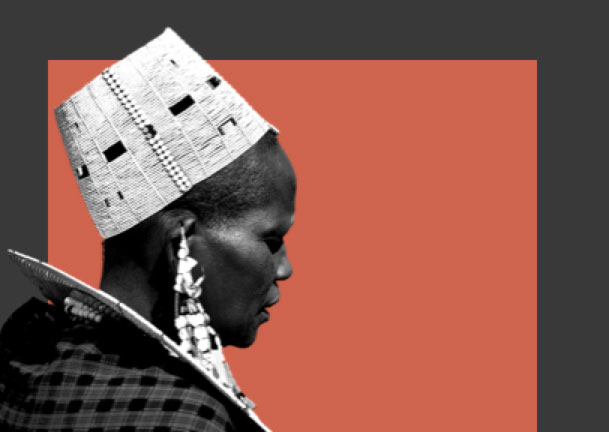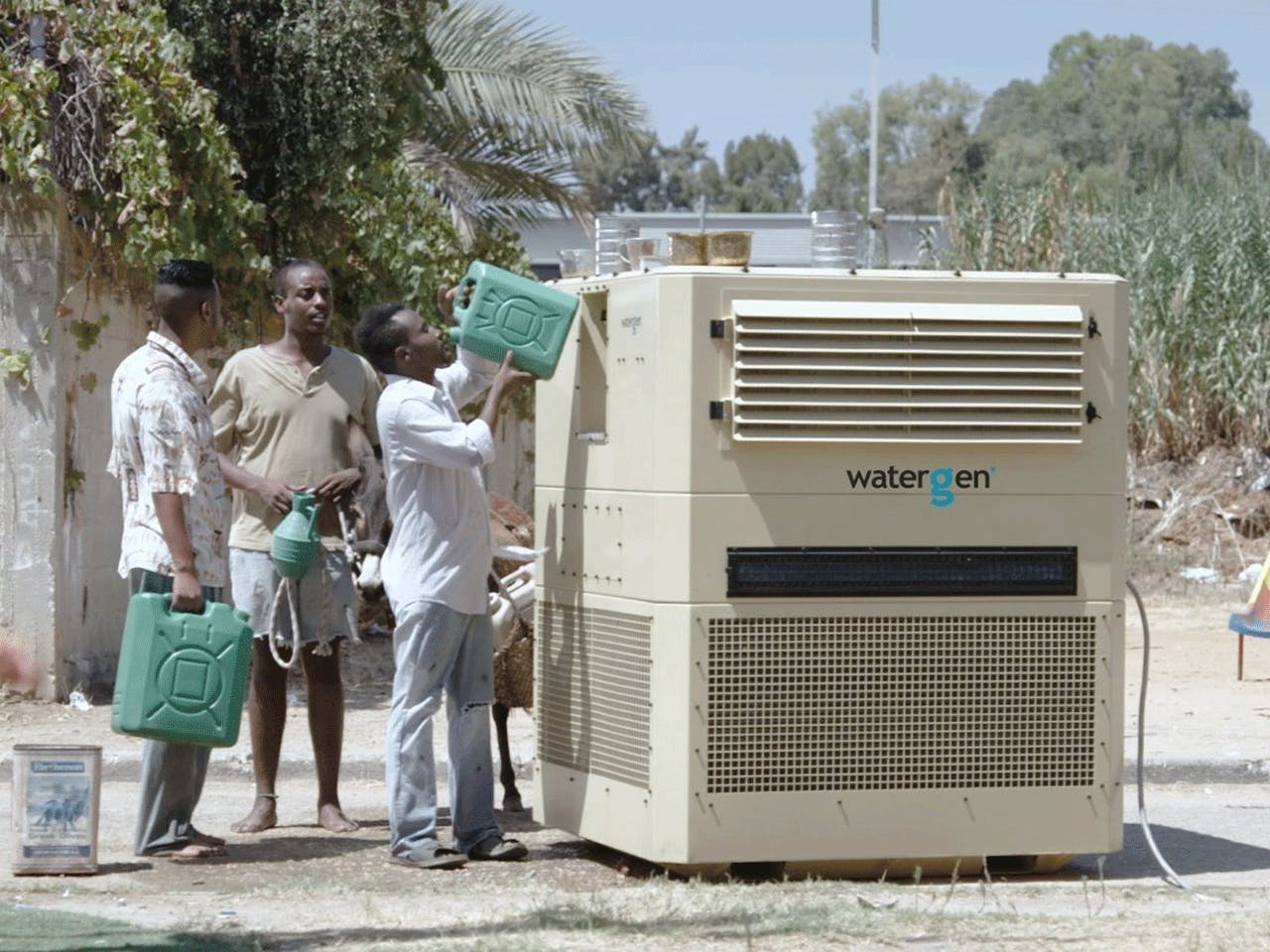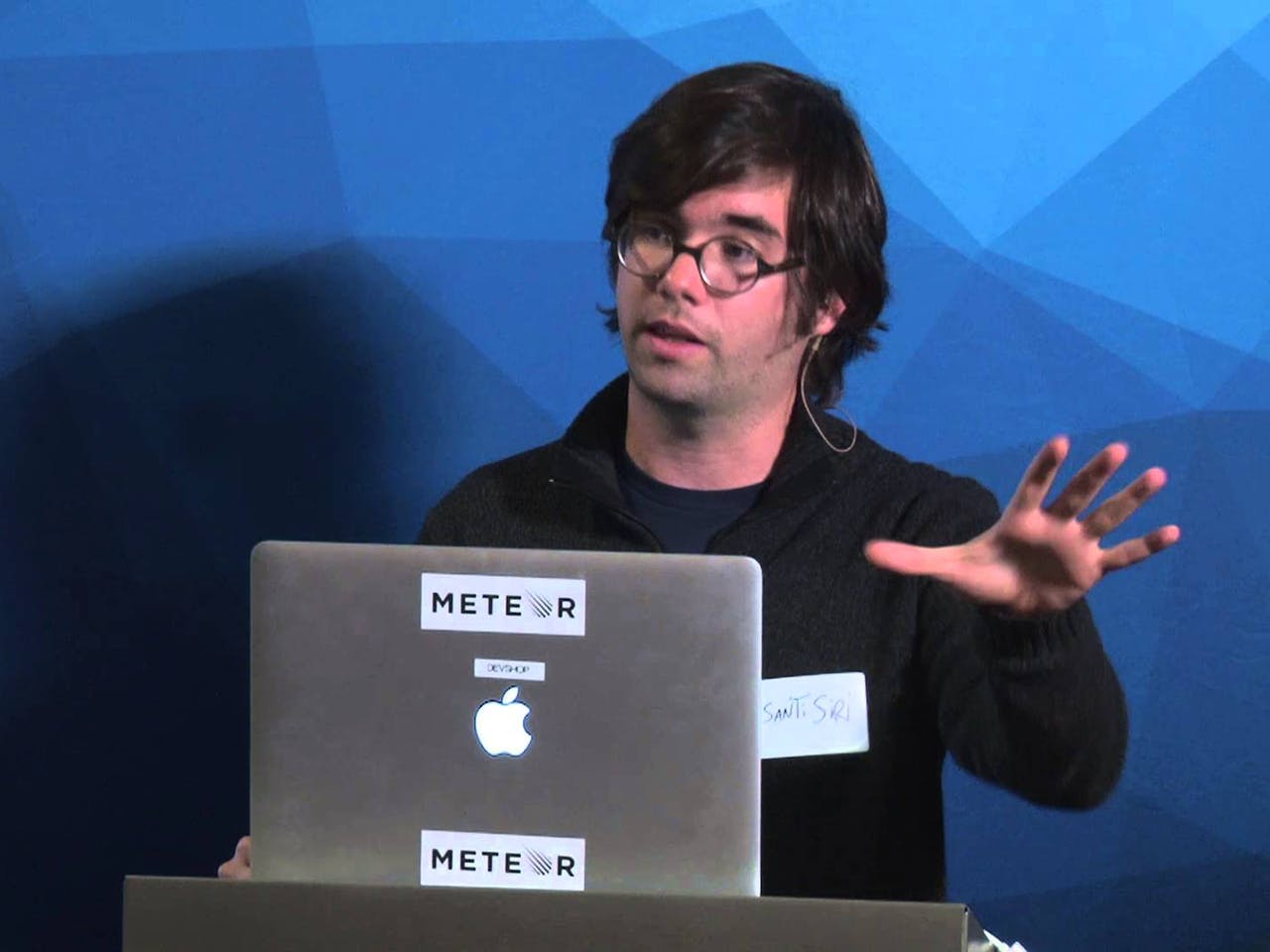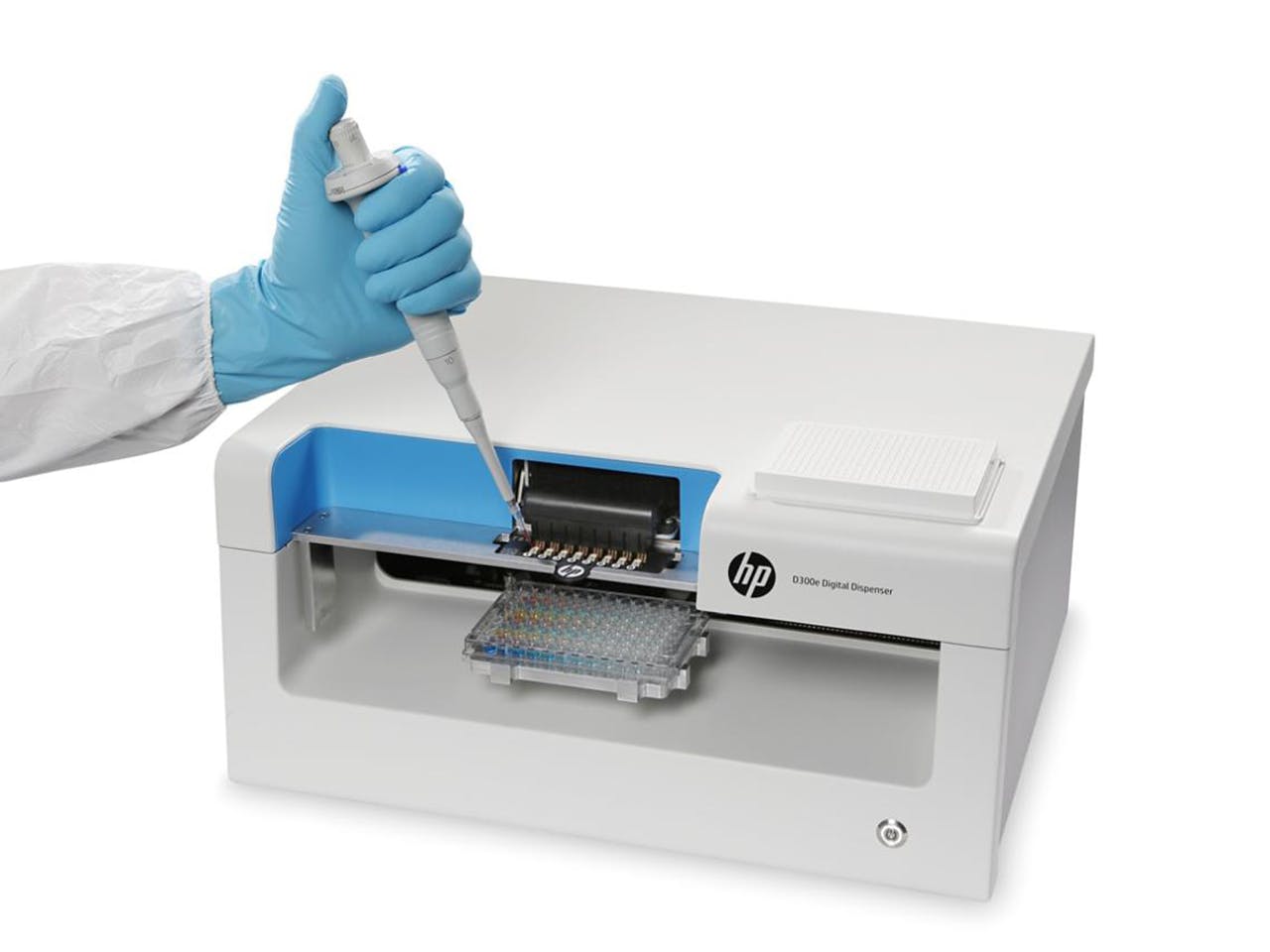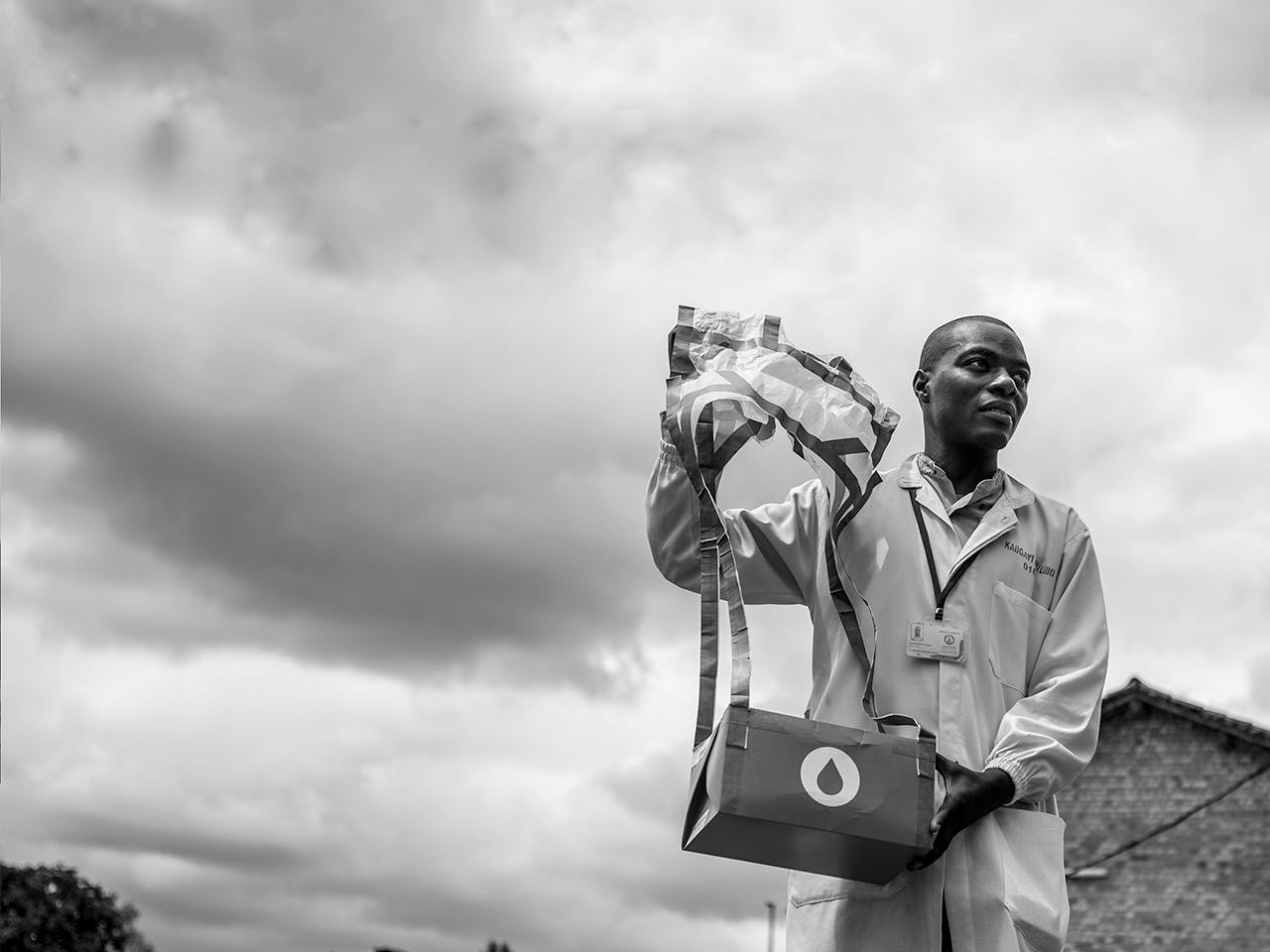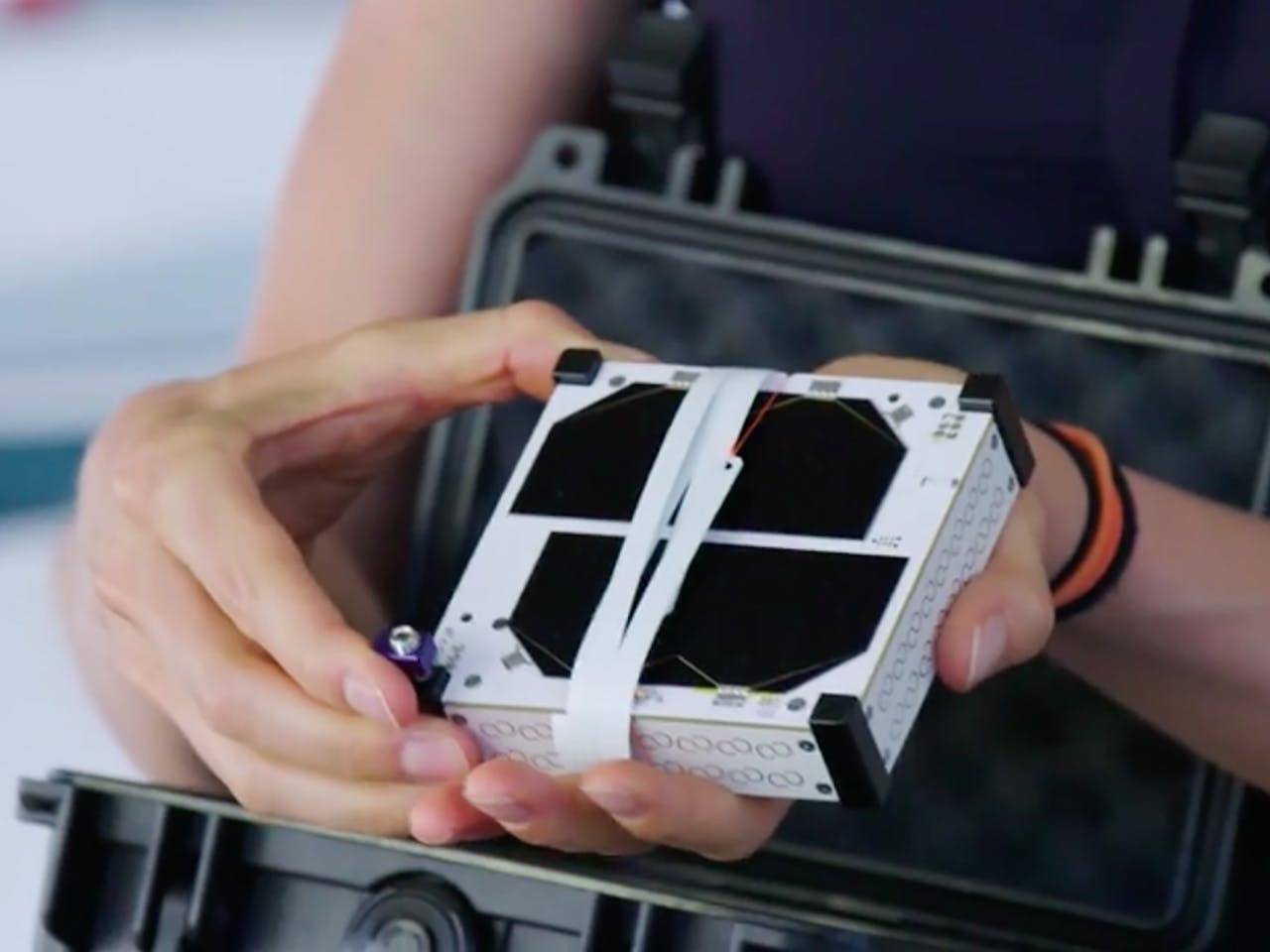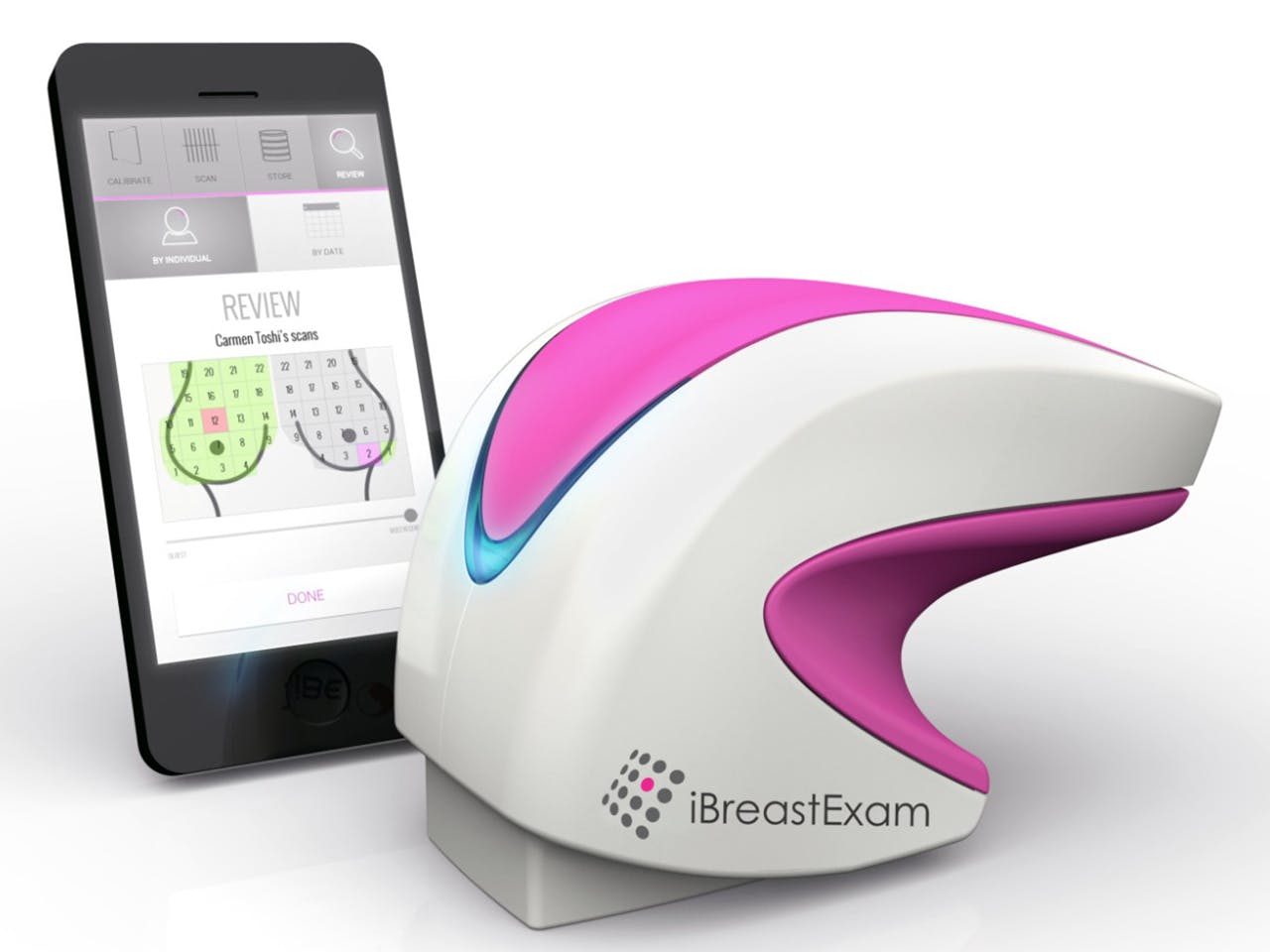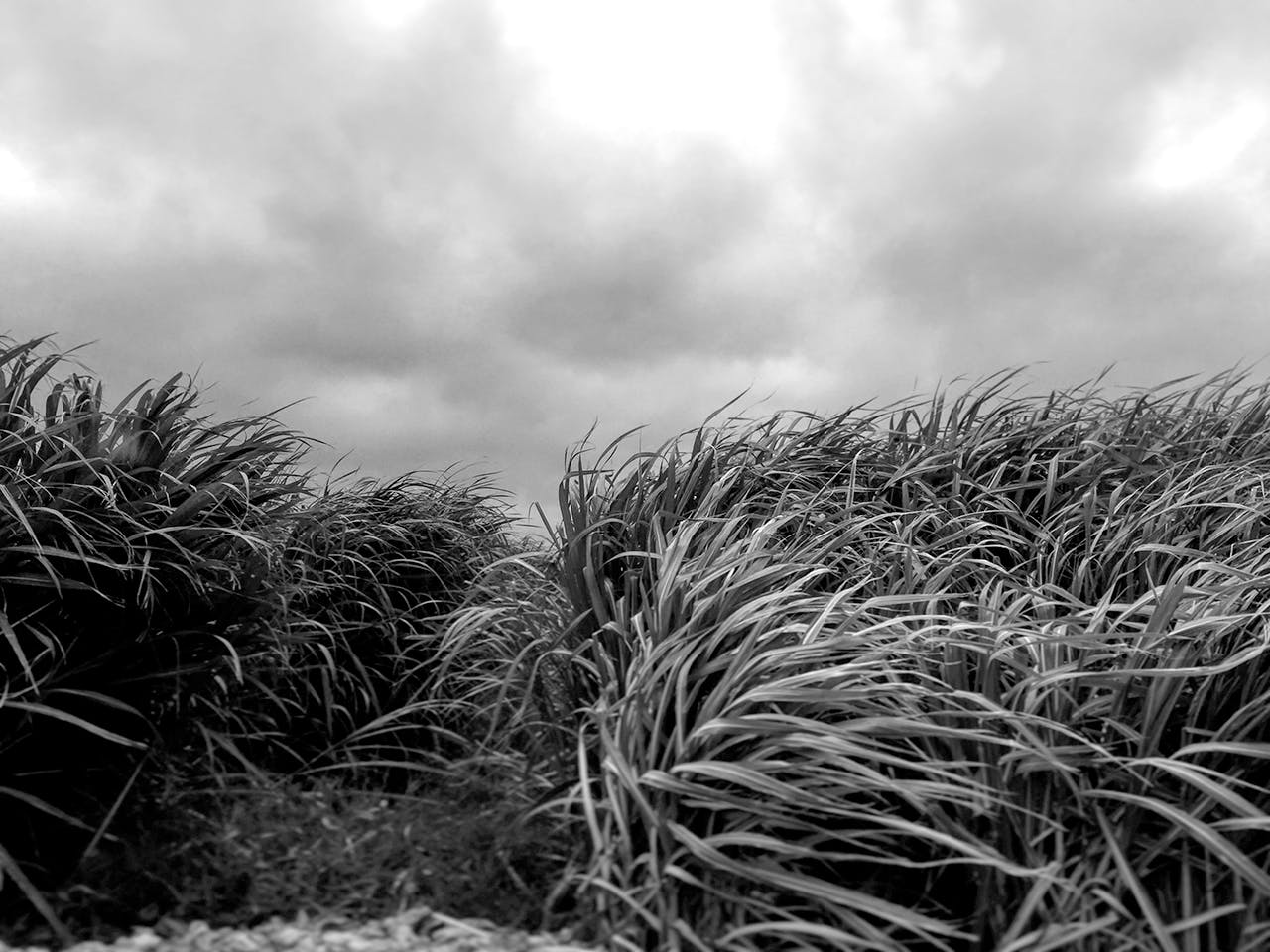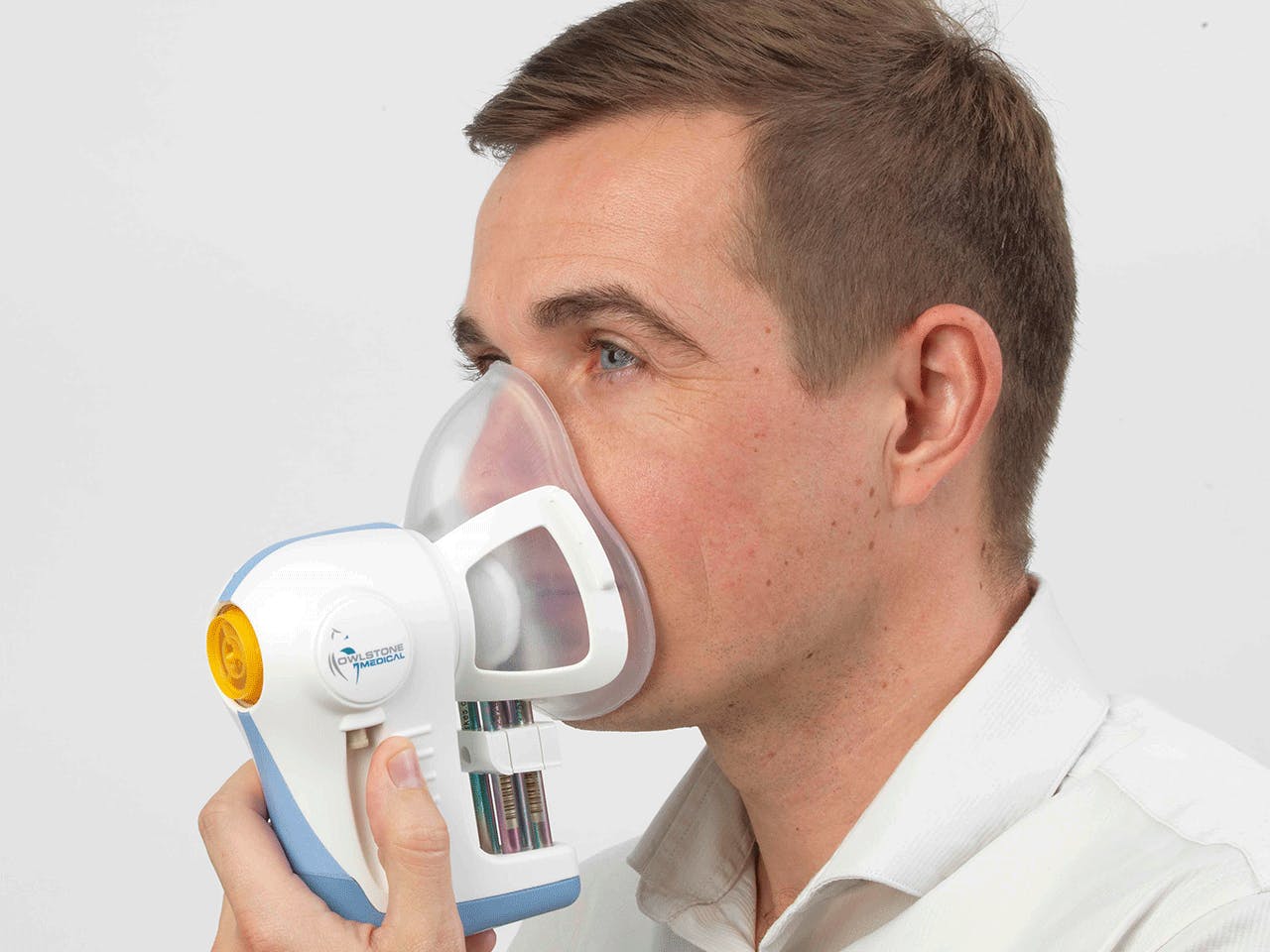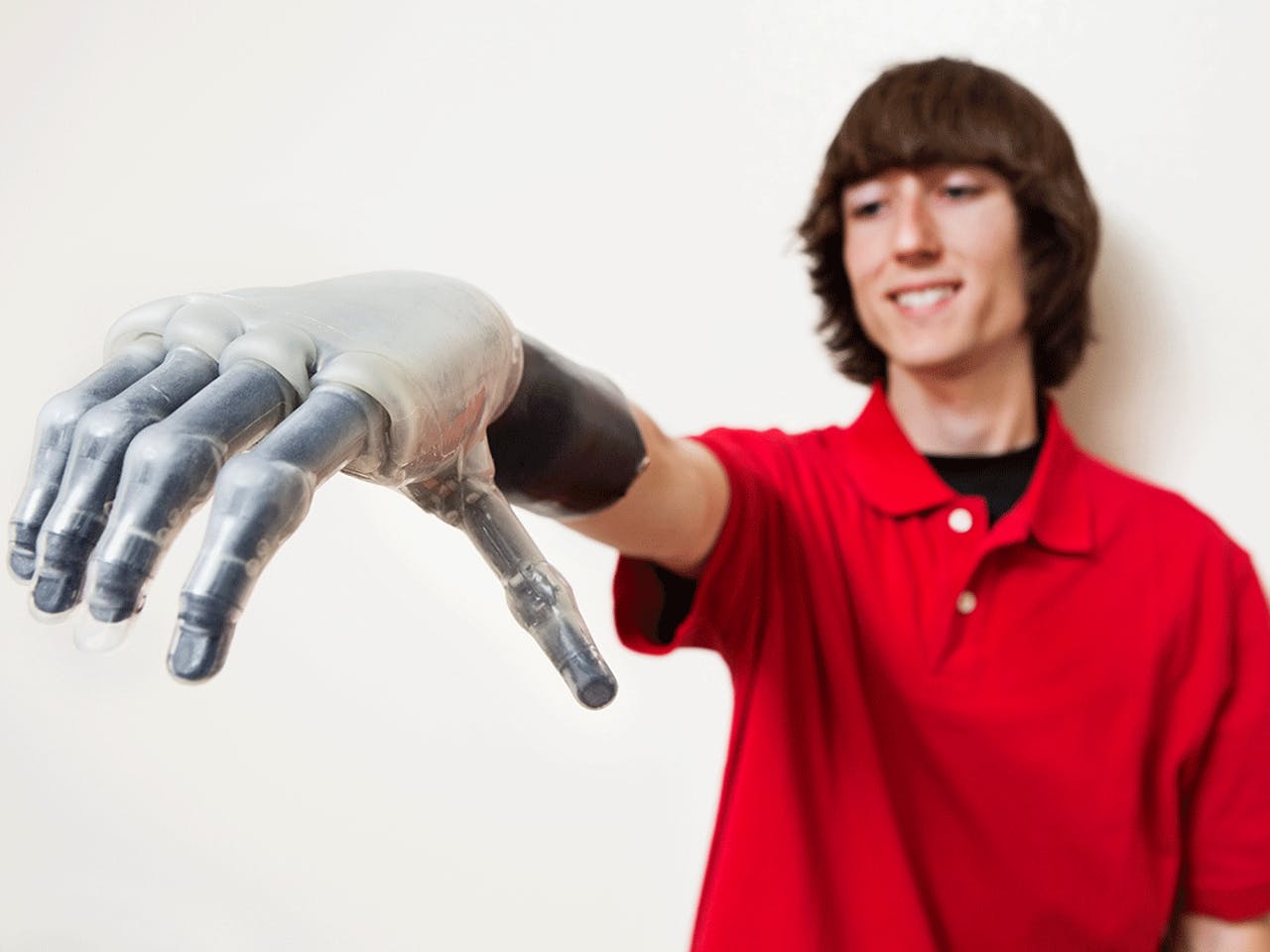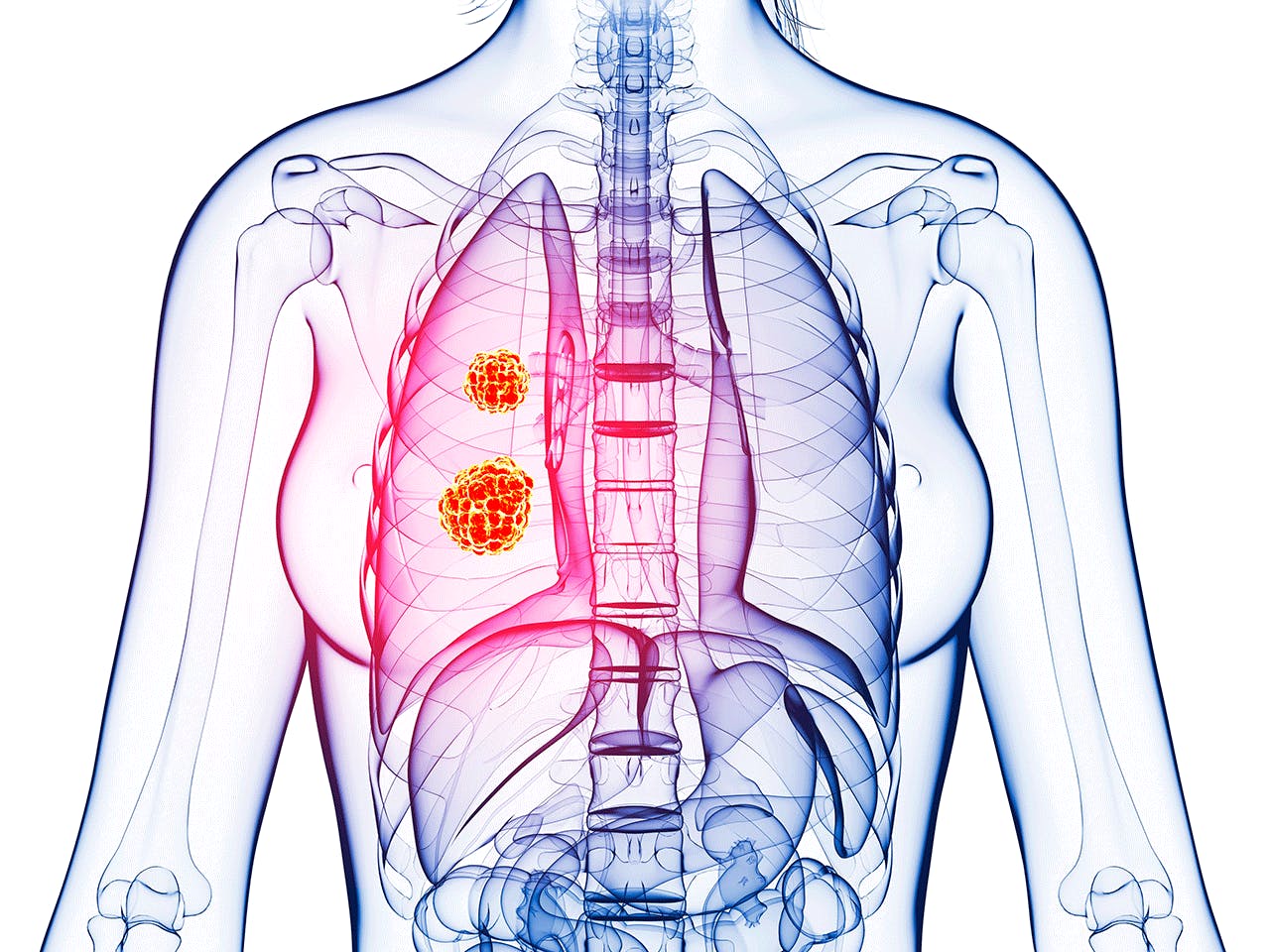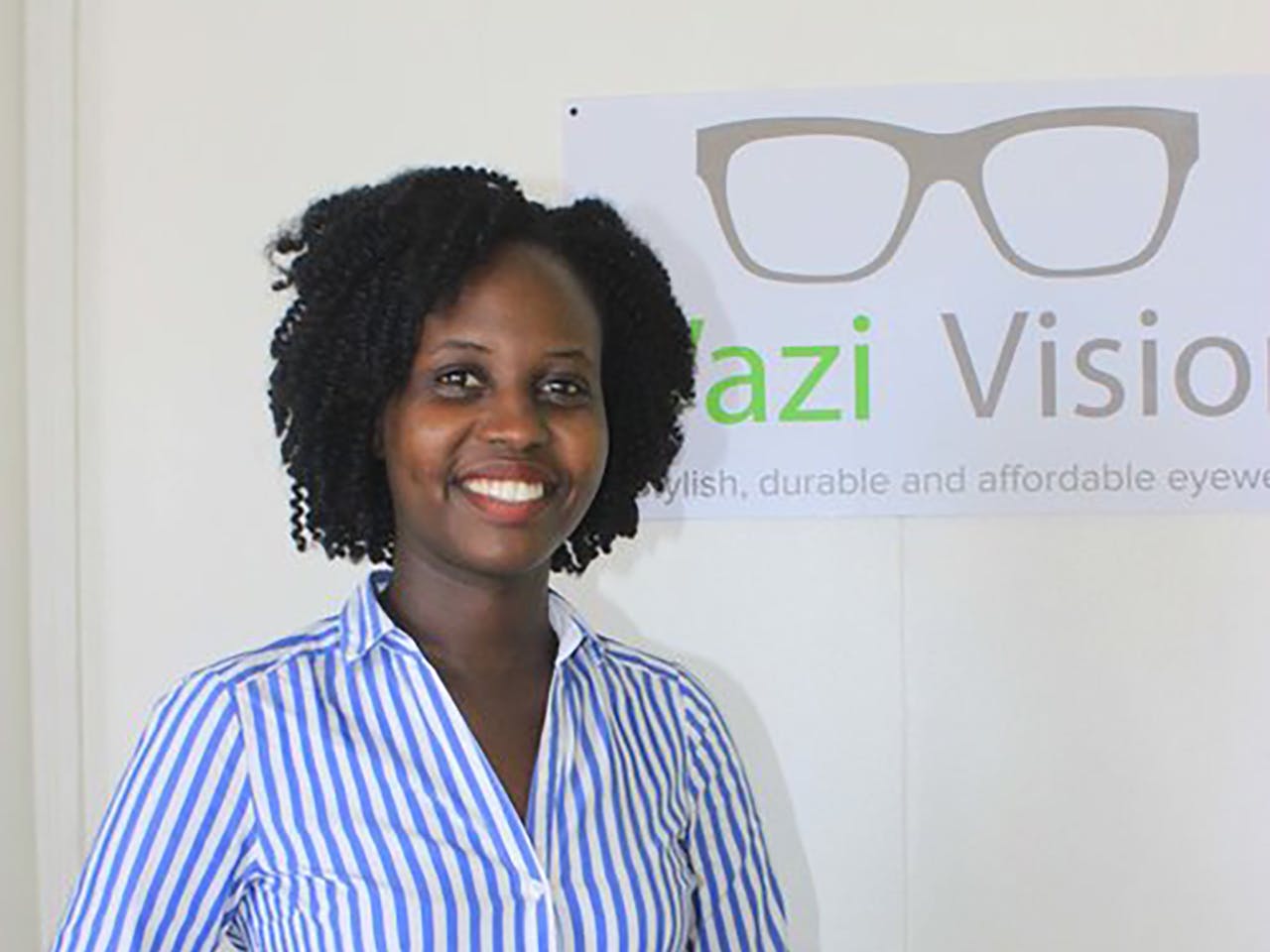
Public Good: Quick Action on Issues You Care About
IT’S IMPOSSIBLE TO SCAN THE HEADLINES these days without feeling curiosity, inspiration, frustration, or compassion. Yet until now there’s never been a way to immediately act on news that affects us. Public Good is an online social network and charity platform that brings awareness to causes currently in the news and lets readers take action on the spot through donations, volunteering, and statements of support. It was founded by a team that includes Jason Kunesh and Dan Ratner, veterans of former President Barack Obama’s technology leadership group during his 2012 reelection campaign. Public Good now has over one million online charities within its domain, with opportunities like helping the victims of the Las Vegas shooting, supporting groups that combat racial hatred, and offering assistance to those affected by Hurricane Maria.

